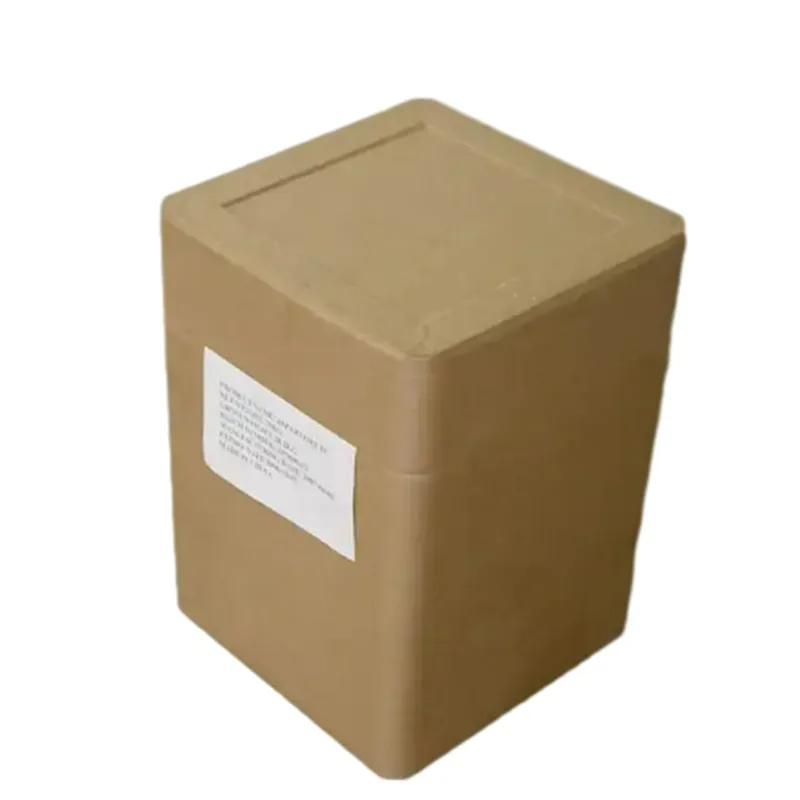
Understanding E955 Food Additive and Its Impact on Health and Safety
Understanding E955 The Sweetness of Food Additive
E955, also known as sucralose, is a widely used artificial sweetener that has garnered both popularity and scrutiny. If you have ever opted for a “sugar-free” beverage or dessert, chances are you’ve encountered this food additive. Understanding its properties, uses, and potential health implications is essential as consumers become increasingly conscious of what they are putting in their bodies.
Sucralose is derived from sucrose, which is common table sugar. The process involves chlorination, replacing three hydroxyl groups in the sugar molecule with chlorine atoms. This modification allows sucralose to possess a sweetness level approximately 600 times greater than that of saccharose, without contributing any calories to the diet. Due to this exceptional sweetness, only a minuscule amount of sucralose is necessary to achieve a desired level of sweetness, making it an attractive option for food manufacturers looking to create products with lower sugar content.
Understanding E955 The Sweetness of Food Additive
However, the use of artificial sweeteners like sucralose is not without controversy. While it is considered safe by health authorities such as the U.S. Food and Drug Administration (FDA), European Food Safety Authority (EFSA), and World Health Organization (WHO), some individuals express concerns about potential health effects. Studies investigating the long-term impact of artificial sweeteners on metabolism, gut health, and overall well-being have produced mixed results.
e955 food additive

Some research suggests that consuming sucralose may alter gut microbiota, which plays a vital role in digestion and immune function. Disruptions in gut flora have been linked to various health issues, including obesity and diabetes. Furthermore, while no direct evidence suggests that sucralose is harmful to human health, some critics argue that relying heavily on artificial sweeteners might encourage unhealthy eating habits, making people less mindful of their overall sugar intake.
Another point of contention is the association of E955 with cravings for sweet foods. Some studies indicate that the consumption of artificial sweeteners may not satiate the natural craving for sweetness, leading individuals to consume more sweet treats and calories in the long run. This paradox has raised questions about whether these additives truly aid weight loss or promote healthy eating.
In light of these debates, what should consumers do? Moderation is key. For individuals with specific health conditions such as diabetes, sucralose can provide a useful alternative to sugar, allowing them to enjoy sweet-tasting foods without compromising their health. However, those without such concerns may want to be cautious about over-reliance on artificial sweeteners.
In conclusion, E955 (sucralose) serves as a powerful tool in the modern food industry, offering sweetness without the caloric load of sugar. While it provides undeniable benefits for many, it is essential to remain informed about its potential effects on health. As with any food additive, consumers should approach E955 with mindfulness, ensuring that its inclusion in the diet aligns with personal health goals and dietary preferences. Knowledge is power, and being aware of what we consume is the first step toward making healthier choices.
-
Understanding Synthetic Rubber OptionsNewsApr.27,2025
-
Trichloroisocyanuric Acid: Essential for Clean and Safe WaterNewsApr.27,2025
-
Sodium Dichloroisocyanurate: Key to Safe Water TreatmentNewsApr.27,2025
-
Sodium Acid Pyrophosphate: Essential in Modern Food ProcessingNewsApr.27,2025
-
Essential Water Treatment ChemicalsNewsApr.27,2025
-
Denatured Alcohol and Its Industrial UsesNewsApr.27,2025
-
The Versatile Uses of Sodium BicarbonateNewsApr.24,2025
Hebei Tenger Chemical Technology Co., Ltd. focuses on the chemical industry and is committed to the export service of chemical raw materials.
-

view more DiethanolisopropanolamineIn the ever-growing field of chemical solutions, diethanolisopropanolamine (DEIPA) stands out as a versatile and important compound. Due to its unique chemical structure and properties, DEIPA is of interest to various industries including construction, personal care, and agriculture. -

view more TriisopropanolamineTriisopropanolamine (TIPA) alkanol amine substance, is a kind of alcohol amine compound with amino and alcohol hydroxyl, and because of its molecules contains both amino and hydroxyl. -

view more Tetramethyl Thiuram DisulfideTetramethyl thiuram disulfide, also known as TMTD, is a white to light-yellow powder with a distinct sulfur-like odor. It is soluble in organic solvents such as benzene, acetone, and ethyl acetate, making it highly versatile for use in different formulations. TMTD is known for its excellent vulcanization acceleration properties, which makes it a key ingredient in the production of rubber products. Additionally, it acts as an effective fungicide and bactericide, making it valuable in agricultural applications. Its high purity and stability ensure consistent performance, making it a preferred choice for manufacturers across various industries.











